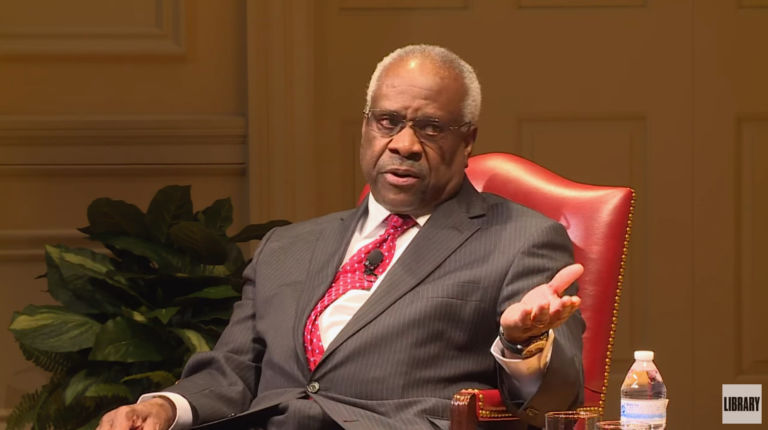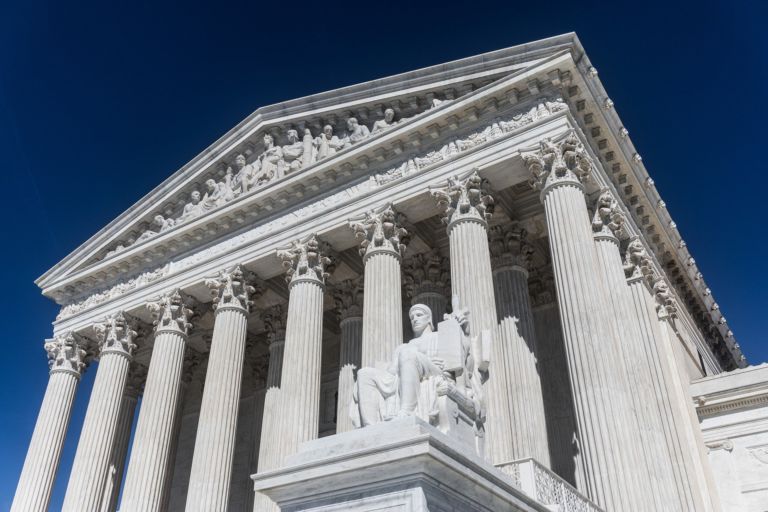Adam White ponders the recent direction of Chief Justice John Roberts and the U.S. Supreme Court.
Amid all the debates over the Supreme Court’s year-end decisions, we should take a step back to recognize that the court’s term was a turning point—the end of one era and the still-early moments of another.
The affirmative action cases reflect the end of one era. Applying constitutional textualism, the court resolved one of the central constitutional debates of the last 40 years: the use of race in university admissions. Like last year’s Dobbs decision renouncing the Roe v. Wade precedent, the Students for Fair Admissions cases culminated one of the conservative legal movement’s formative issues.
Other cases exemplify the next era. From student loan cancellation to immigration, the court grappled with issues that are increasingly important in new chapters of constitutional litigation: the power of presidents to make sweeping new legal changes, the power of states to litigate against them, and more. …
… The best reason to hesitate before imposing narratives on the court is simply to recall narratives from a year ago. … Some of the court’s keenest observers delcared that Roberts had “lost” the court.
But that narrative was wrong from the start. Roberts was in the majority more than any other justice besides Justice Brett Kavanaugh, with whom he tied, in 2021-22. Roberts also wrote more 6-3 and 5-4 majority opinions than anyone. With the court poised to hear major cases about affirmative action and the administrative state, 2022–2023 seemed destined to keep Roberts front and center.
And that is how the year played out. …
… One important nuance in Roberts’ particular approach is his willingness to announce a broad rule defending the Constitution’s separation of powers, yet immediately adding caveats to prevent the rule from being taken too far.


